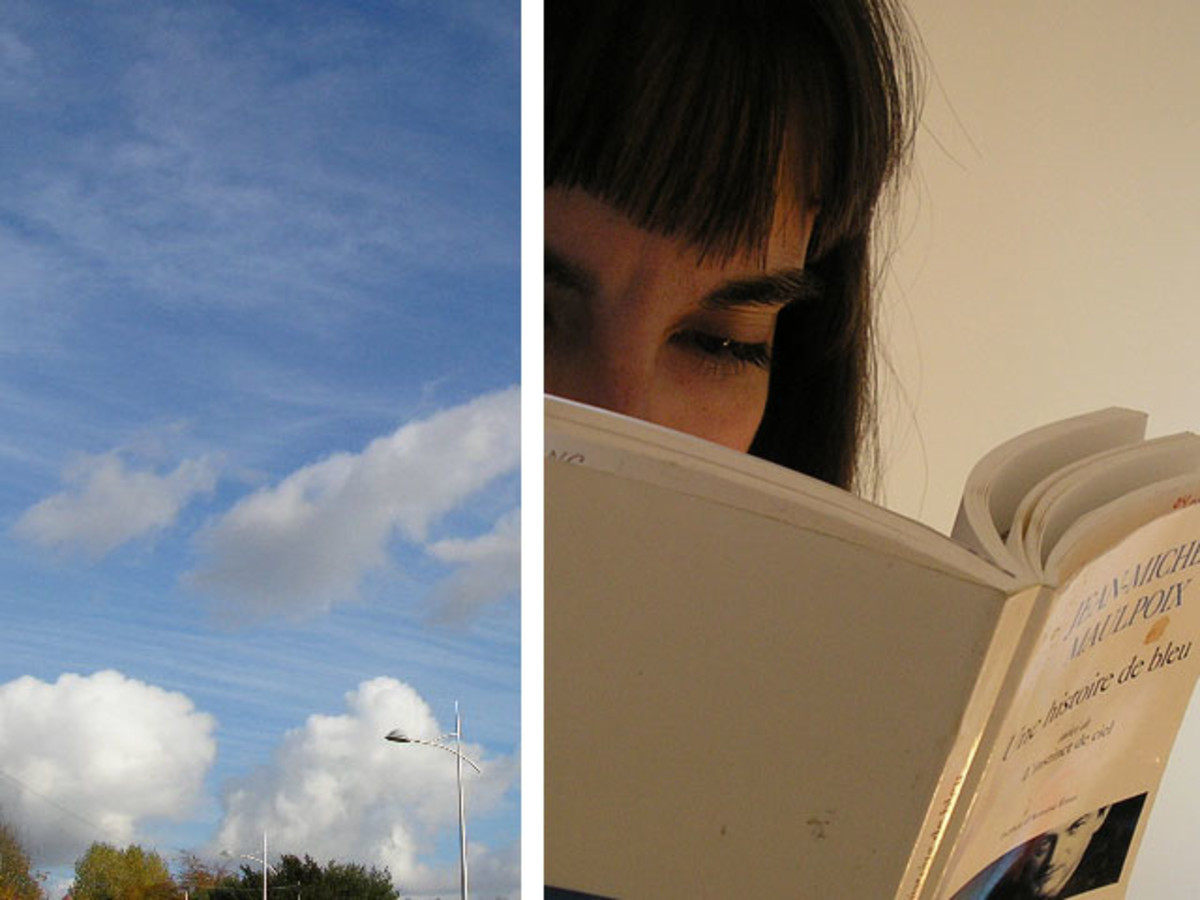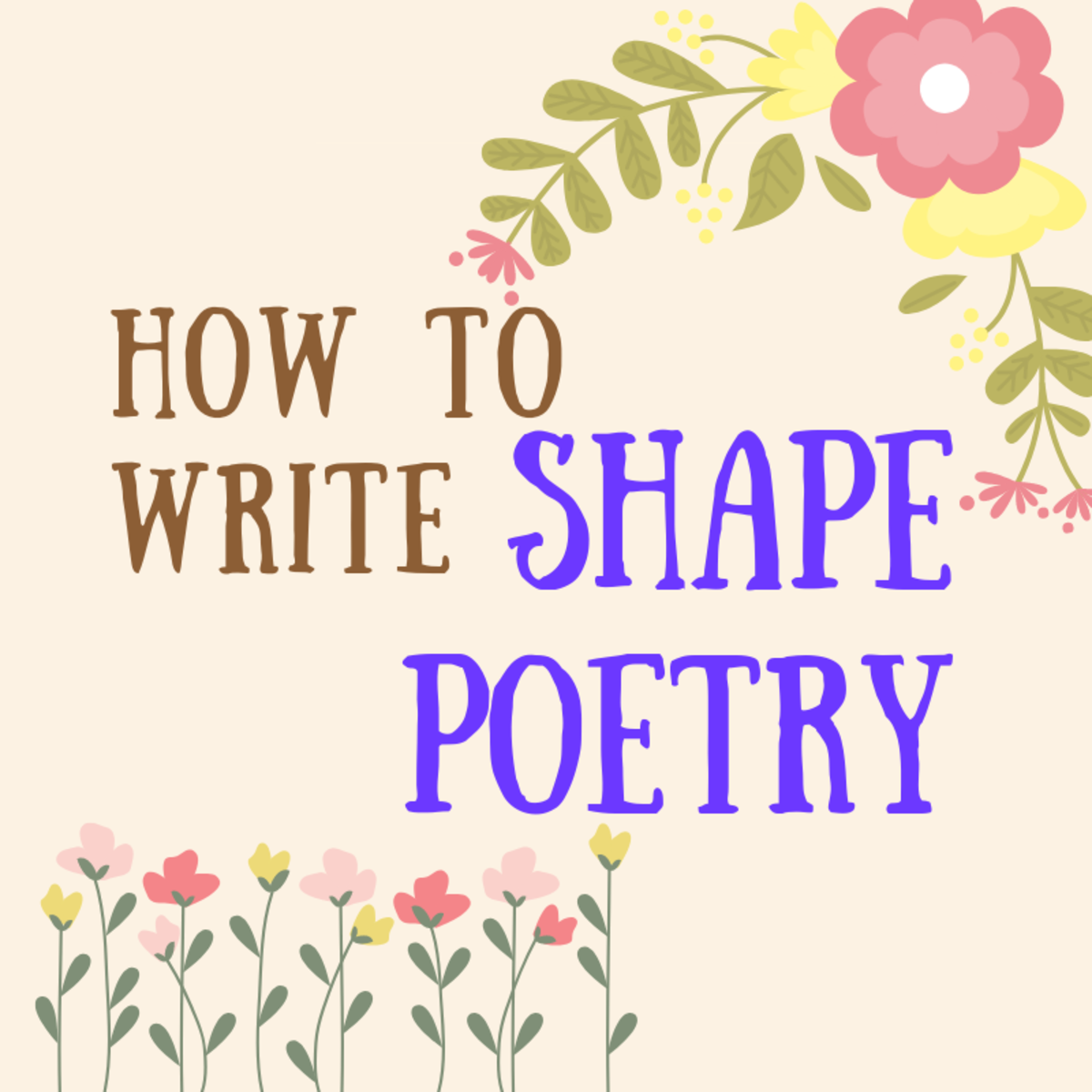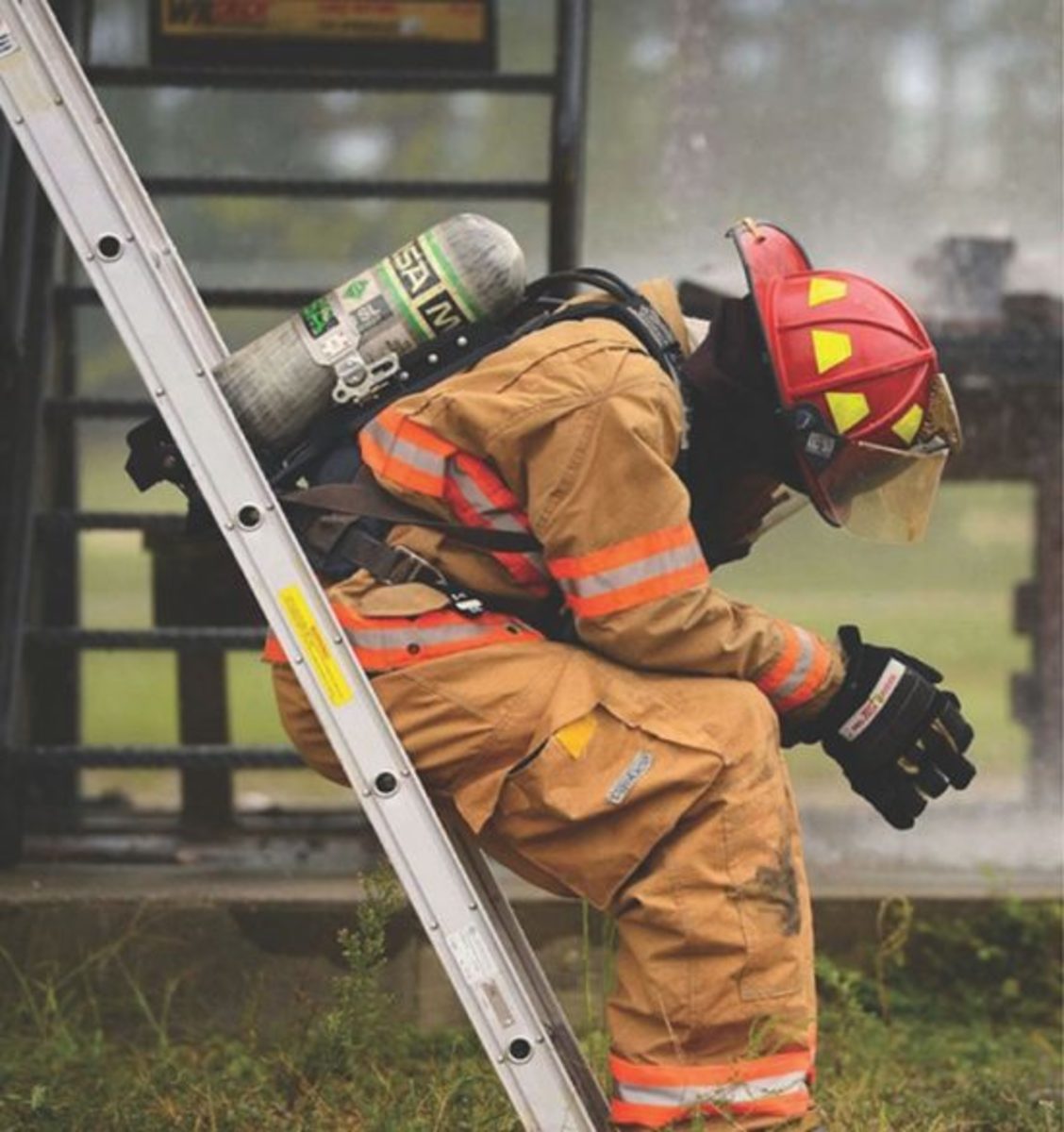Counting Syllables to Cure Doggerel in Rhyming Poetry

doggerel: adj., loosely styled and irregular in measure especially for burlesque or comic effect; marked by triviality or inferiority
doggerel: n., poetry that is poorly written and that often is not meant to be taken seriously
Doggerel poetry is uneven, inexact, and generally unfocused rhyming poetry where consistent meter is often an afterthought. Many poets, including me, write doggerel, often without meaning to do so, especially when we attempt to rhyme.
I had a professor tell me in college, “If you rhyme and you want to be published, you must follow all the rules!” He ordered us to use "even" lines (six, eight, ten, or twelve syllables), perfect rhymes (“bee” and “knee,” not “bee” and “eventually”), and familiar ABAB or AABB rhyme schemes. I wasn’t always successful, and I often felt restricted, but my poetry smoothed out and became much easier to recite.
Curing doggerel is as simple as counting syllables. Look at the following nonsense rhyme and count the syllables in each line:
Billy and I went to the fair, (8)
and while we were there, (5)
I shot and killed a hairy grizzly bear (10)
on a dare. (3)
Though the poem employs perfect rhymes, it sounds strangely like nonsense poetry Ogden Nash might have written. Because the meter is off, the poem sounds off. If I revise the poem to have consistent eight-syllable lines, it might look something like this:
Billy and I went to the fair, (8)
and while we were frolicking there, (8)
I shot and killed a grizzly bear (8)
because I can’t resist a dare. (8)
Though I doubt this poem will ever have any literary merit, at least it sounds smoother. Look at an example a student wrote:
She is my sun,
when life is gray.
She is my voice,
when I have so little to say.
I pointed out that he had written three lines with four syllables followed by one line of eight syllables. He blinked at me. I made him count his syllables. “Oh,” he said. I suggested he shoot for eight syllables in each line. He frowned at me, rolled his eyes, and eventually composed something much better:
She is the moon, the stars, the sun,
when clouds collide, when skies are gray.
She is my words, my sighs, my voice
when I am mute, nothing to say.
When he recited the poem to his class, his peers gave him a collective “Ahh.” Another student tried to capture her depression:
Rain streams down my windows.
Worms wriggle in puddles. What’s that smell?
Petals fall off all the flowers.
Greetings from my depression in hell.
I had her count her syllables. She shrugged. “It’s close enough,” she said. “It could be better,” I said. “Add two syllables to the first line and remove one syllable from lines two and four, and I bet you can find a rhyme for the word ‘windows.” She sighed, scratched and added, rewrote it, and showed it to me:
Rain, God’s tears, stream down the windows,
worms writhe in puddles (ozone smell),
petals fall from a lonely rose—
dark greetings from depression’s hell.
Not only did she smooth out her meter, she depersonalized her poem so her words could apply to any reader’s depression. She turned a deeply personal piece of doggerel into a publishable poem simply by adding and subtracting words and syllables.
In 2001, I read the following “poem” advertising an “Aquaroid Fish” on a McDonald’s Happy Meal bag:
It doesn’t have feet or hands, (7)
But it moves in water and on land. (9)
Clear fins and tail make it swim. (7)
Put it in water and watch it skim. (9)
I know this type of poem appeals to children, who don’t usually care about perfect rhymes or meter, but a somewhat clever adult (perhaps in the marketing department) wrote it. I couldn’t leave it alone, so I “fixed” it right there on the bag:
Aquaroid has no feet or hands,
yet it moves through watery lands.
Clear fins and strong tail make it swim.
Drop in water and watch it skim.
Perhaps the current sellers of “Aquaroid” merchandise on eBay could make use of this corrected rhyme.
If you write a specific type of rhyming poetry and want readers worldwide to take your poetry seriously, you must follow all the standard and accepted rules of that specific type. A sonnet is more than just fourteen lines and a couplet, and a villanelle is more than nineteen lines, five tercets, and a quatrain. Learn and follow the rules. And if you learn to count the syllables in your lines of rhyming poetry and keep the syllable count consistent, you’ll soon be counting many more satisfied readers.








